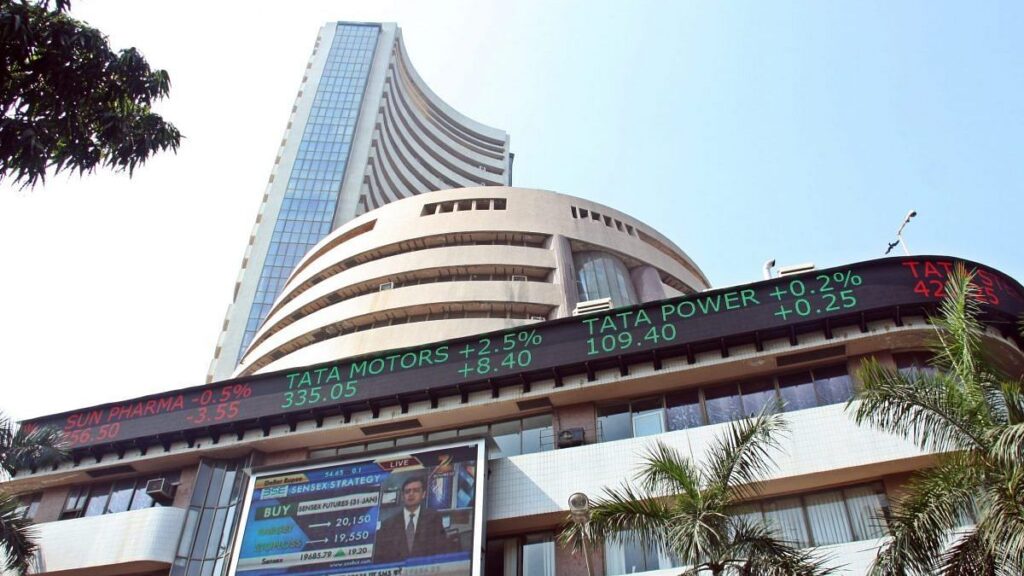Introduction History of the Indian Stock Market
The Indian stock market, a vibrant ecosystem of investments and opportunities, boasts a rich history that mirrors the nation’s economic evolution. From its humble beginnings as an informal gathering of brokers to becoming a global financial powerhouse, the Indian stock market has traversed a remarkable journey. This article delves into the key milestones, challenges, and triumphs that have shaped the Indian stock market into what it is today.

The Early Days
The seeds of the Indian stock market were sown in the late 18th century when the East India Company issued bonds and shares to finance its operations. However, it wasn’t until the mid-19th century that formal stock trading began to take shape. The establishment of the Bombay Stock Exchange (BSE) in 1875 marked a significant milestone, laying the foundation for organized trading in India.
The early years were characterized by informal trading practices, with brokers conducting business under the shade of banyan trees. Gradually, the market gained momentum, attracting investors and businesses alike. However, the Indian stock market faced several challenges, including lack of regulation, limited market participants, and a predominantly speculative environment.
A New Era Begins
The post-independence period witnessed a gradual transformation of the Indian economy, and the stock market was no exception. The government played a crucial role in shaping the market’s trajectory by introducing regulations and promoting institutional investment. The establishment of the Securities and Exchange Board of India (SEBI) in 1992 marked a watershed moment, as it brought much-needed transparency, investor protection, and market integrity.
The 1990s ushered in a new era of liberalization and globalization, which had a profound impact on the Indian stock market. The opening up of the economy to foreign investors led to a surge in capital inflows, fueling market growth and attracting global attention. The National Stock Exchange (NSE), established in 1993, introduced electronic trading, revolutionizing the way stocks were traded in India.
A Decade of Growth and Challenges
The 2000s were a period of both growth and challenges for the Indian stock market. The dot-com bubble and the global financial crisis tested the market’s resilience, but it emerged stronger, driven by the underlying strength of the Indian economy. The decade also witnessed a rise in retail participation, with more and more individuals entering the stock market.
The introduction of derivatives trading, mutual funds, and other financial instruments expanded investment avenues for investors. The market capitalization of Indian companies grew significantly, and several Indian companies achieved global recognition.
The Digital Revolution and Beyond
The advent of technology has transformed the Indian stock market into a highly efficient and accessible platform. Online trading, mobile apps, and advanced analytics have democratized investing, making it easier for people from all walks of life to participate.
The Indian stock market has become a barometer of the nation’s economic health, reflecting investor sentiment and business confidence. It has played a vital role in financing the growth of Indian industries and creating wealth for millions of investors.
Conclusion
The history of the Indian stock market is a testament to the country’s economic progress and the evolving aspirations of its people. From its humble beginnings to its current status as a global financial hub, the market has come a long way. As India continues its journey of growth and development, the stock market is poised to play an even more significant role in shaping the nation’s future.
Focus Keywords
Indian stock market, history of Indian stock market, Bombay Stock Exchange (BSE), National Stock Exchange (NSE), SEBI, Indian economy, stock market investment, stock market history, stock market growth
FAQs
Q: When was the Indian stock market established?
A: The roots of the Indian stock market can be traced back to the late 18th century, but the formal establishment of the Bombay Stock Exchange (BSE) in 1875 marks a significant milestone.
Q: What are the major stock exchanges in India?
A: The two primary stock exchanges in India are the Bombay Stock Exchange (BSE) and the National Stock Exchange (NSE).
Q: How has technology impacted the Indian stock market?
A: Technology has revolutionized the Indian stock market by enabling online trading, providing real-time market data, and making investing more accessible to a wider audience.
Q: What are the key challenges faced by the Indian stock market?
A: The Indian stock market has faced challenges such as market volatility, regulatory changes, and global economic conditions.
Q: What is the future outlook for the Indian stock market?
A: The future of the Indian stock market appears promising, driven by the country’s economic growth, increasing investor participation, and the expanding opportunities in various sectors.